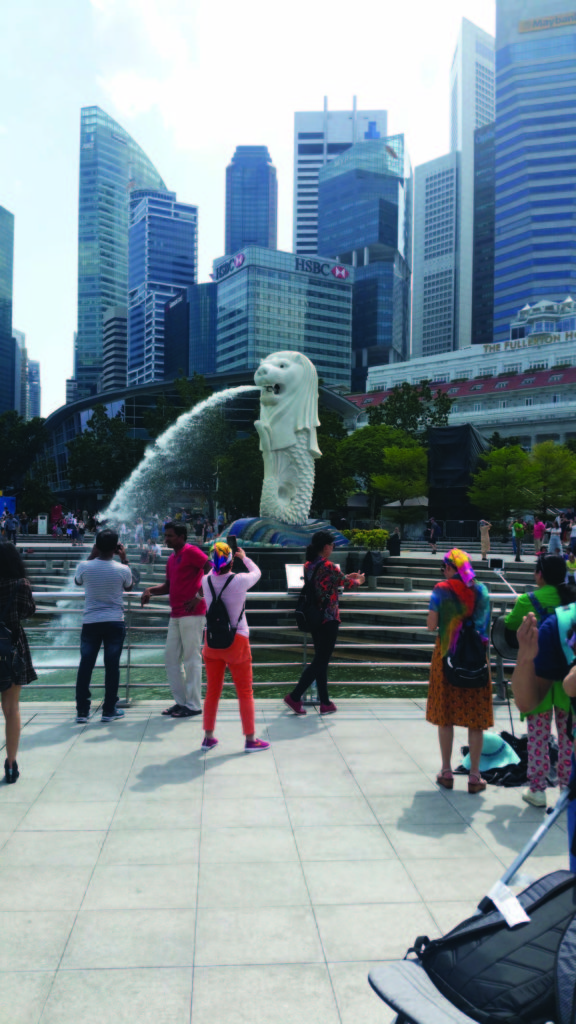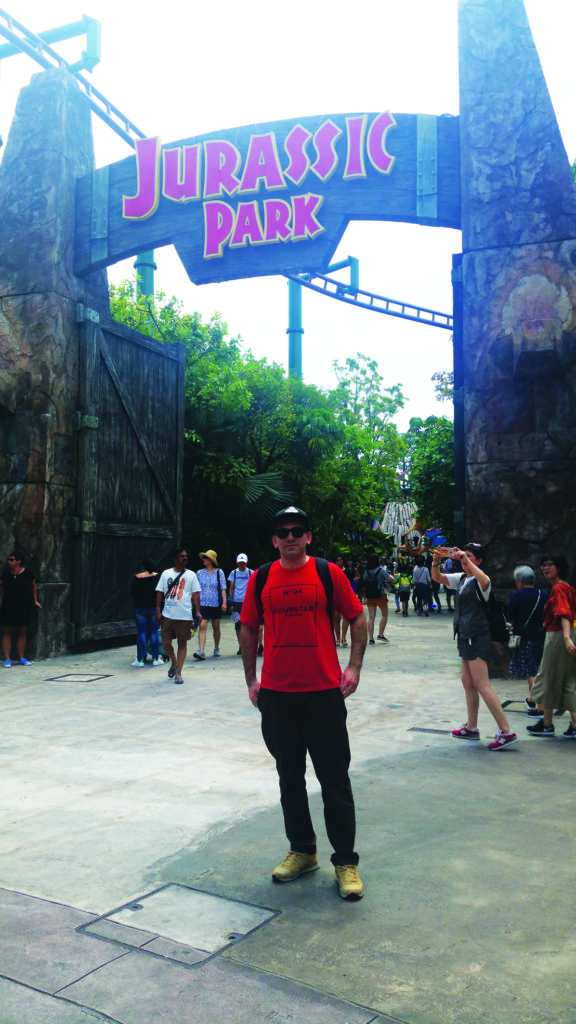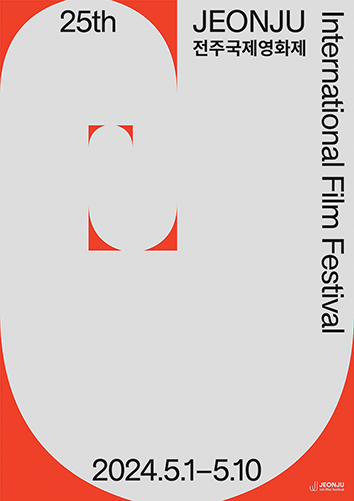A Singapore State of Mind
Written and photographed by William Urbanski
A small city-state sitting on the tip of Malaysia, Singapore is an intricate tapestry of language and culture. My hope, my dream, is that the following account of my voyage into the mouth of this Asian Tiger will convince you to include it on your own list of places to visit.
In Praise of the Premium Bus
Usually, the bus that goes up to Incheon Airport is the Udeung (우등, deluxe) express bus, which is pretty spacious and quite nice. But by some twist of serendipity, my wife and I were assigned to the Premium bus – a sweet and noble chariot representing the pinnacle of comfort and luxury. The seats are huge, recline automatically, and have a privacy curtain. There’s even a private TV. The next time you’re going to pay 35,000 won for an Udeong bus, seriously, just pay the few thousand won extra to upgrade to a new level of class and style.

What to See
After my experience on the Premium bus, Singapore was going to have to work pretty hard to curry my favor.
Without a doubt, Marina Bay is the biggest must-see place in Singapore. This is where you can find the Merlion, which is the symbol of Singapore. The fountain-statue is cool enough, but it’s the bay itself that’s the real attraction. Surrounded by theaters, a casino, and the famous Marina Bay Sands Hotel, it’s easy to spend a full day just poking around. The best part was the nightly, free laser shows that take place. So even though Singapore has a reputation for being quite expensive, there are lots of free and fun ways to fill your time.

If you’re going to be traveling to Singapore, it’s worth taking a trip to Universal Studios, even if, like me, your love of cinema died along with Paul Walker in 2013. The park itself is located on the beautiful island of Sentosa, which is chock-full of every conceivable type of restaurant and shop. Within the park, some of the attractions like the Waterworld stunt show may seem a little dated, but it’s actually a logical fallacy to suggest that any film involving Kevin Costner is anything but timeless. Among the myriad rides, my favorite was definitely the “Transformers: The Ultimate 3D Battle,” which was my most thrilling automobile experience since the Premium bus from Gwangju.
“…it’s actually a logical fallacy to suggest that any film involving Kevin Costner is anything but timeless.”
At this point, it’s necessary to mention a word of caution: Don’t make the calamitous and egregious error of riding the “Accelerator.” I must confess that I felt spiritually violated after wasting 20 minutes of my time waiting in line only to spin around at underwhelmingly low speeds for two minutes. Without question, the “Accelerator” is antithetical to Universal Studios’ vision of a fun and enjoyable experience, and amounted to nothing more than two minutes of my life completely squandered.
The Law of the Land
We’ve all heard how in Singapore chewing gum is illegal and spray painting cars will most likely result in lashings. A lesser-known legal scheme is that when a Singaporean citizen works, he or she must contribute about 20 percent of his or her income to the Central Provident Fund (CPF), which is matched by the employer. This money can only be used for very specific purposes, one of which is buying a house. This forced savings plan is one of the reasons that Singapore has a home-ownership rate of around 90 percent. Some would object to such government intervention into personal finances, and by extension, the housing market, but after living in Berlin last year where the housing situation could be succinctly described as a “gong show,” it was nice to learn about this approach.
As an interesting side note, since non-residents are ineligible for the CPF, they can usually apply for (read: “demand”) higher pay. You heard it here first: If you get a job in Singapore, tell your employer I said you should get 40 percent more money than whatever they first offer you.
What to Eat
Scrumptious snacks aren’t in short supply on the streets of Singapore. Restaurants such as the famous Song Fa Bak Kut Te serve up a mean bak kut te, the ubiquitous pork-rib soup, as long as you don’t mind braving the line. Owing to its multicultural makeup, foodies are spoilt for choice when it comes to ethnic dishes, particularly Indian and Chinese.
Homeward Bound
In terms of time, I’d say that three or four days are enough to get a good taste of what Singapore has to offer. It’s small and dense, so it’s possible to see a lot without spending a lot of time commuting. Probably the worst part about Singapore was leaving. This was in part because our connecting flight in Shanghai was delayed, leaving us scrambling to catch our bus in Incheon. I was looking forward to taking the Premium bus back to Gwangju but fortune, my constant enemy, decided it wasn’t to be. On the Udeung bus, we slept, satisfied with the sights and sounds of Singapore.
The Author
William Urbanski is from Canada and has lived in Korea for about seven years. He’s married to a wonderful Korean woman and can eat spicy food.








